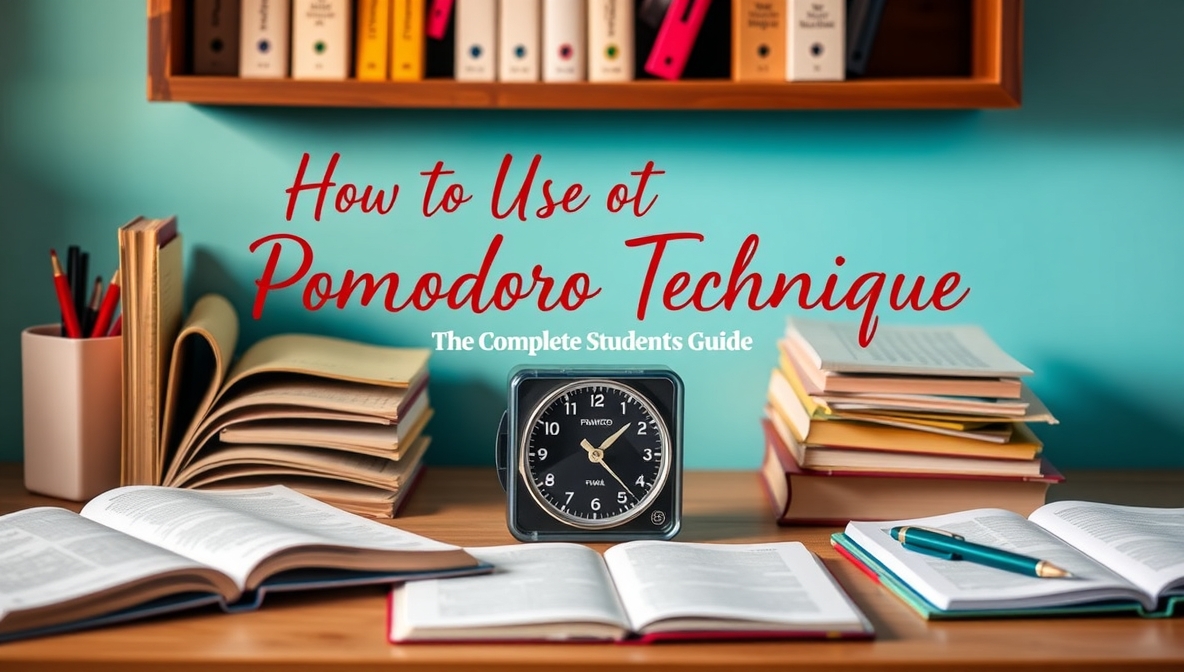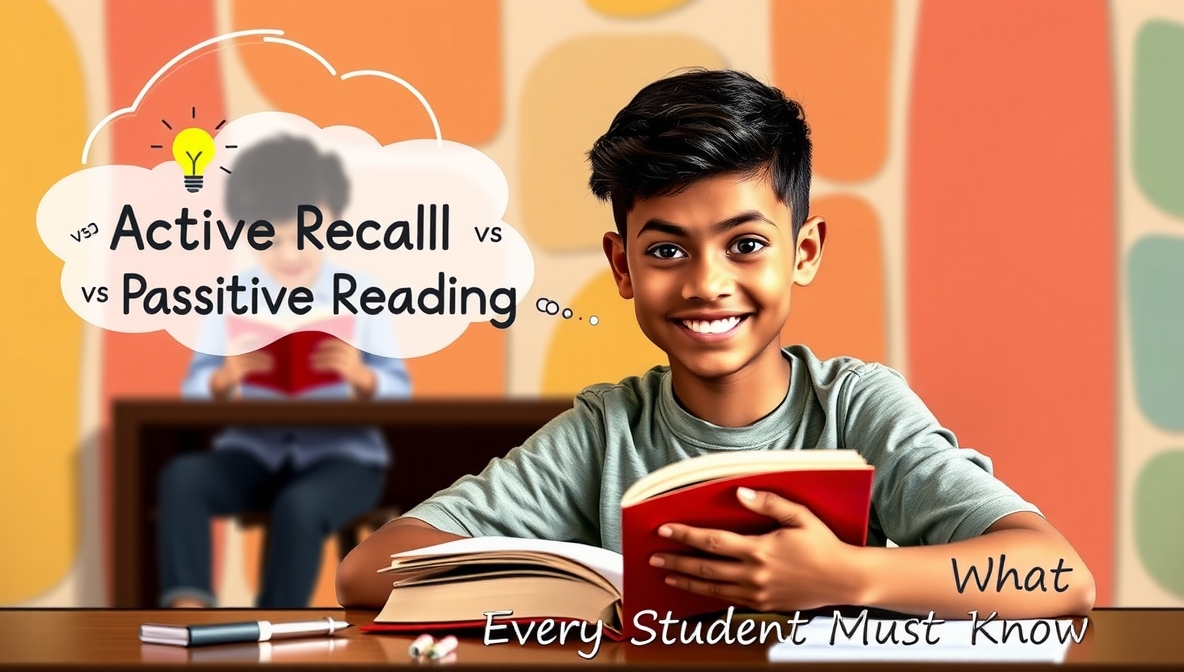How to Use the Pomodoro Technique for Better Studying: The Complete Student’s Guide
In the late 1980s, a university student named Francesco Cirillo was struggling with focus and productivity. Feeling overwhelmed by his studies and unable to concentrate for extended periods, he grabbed a tomato-shaped kitchen timer (pomodoro is Italian for tomato) and committed to working in focused 25-minute intervals. This simple experiment evolved into one of the most effective time management and study techniques ever developed, now used by millions of students and professionals worldwide.



